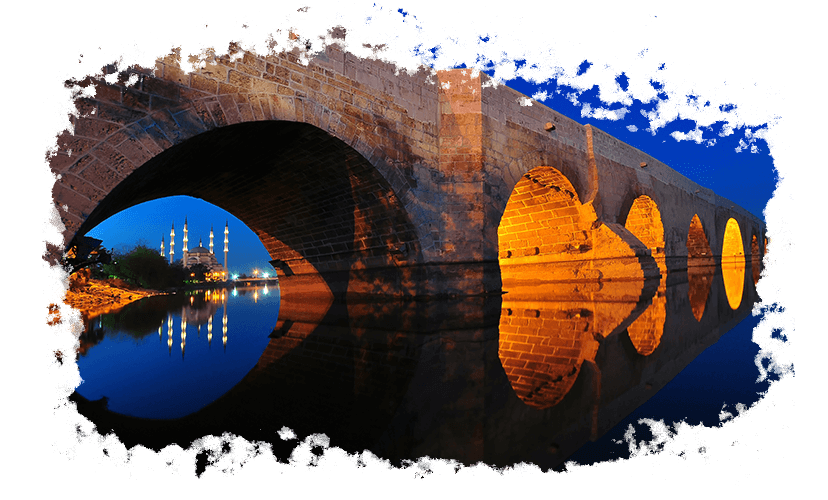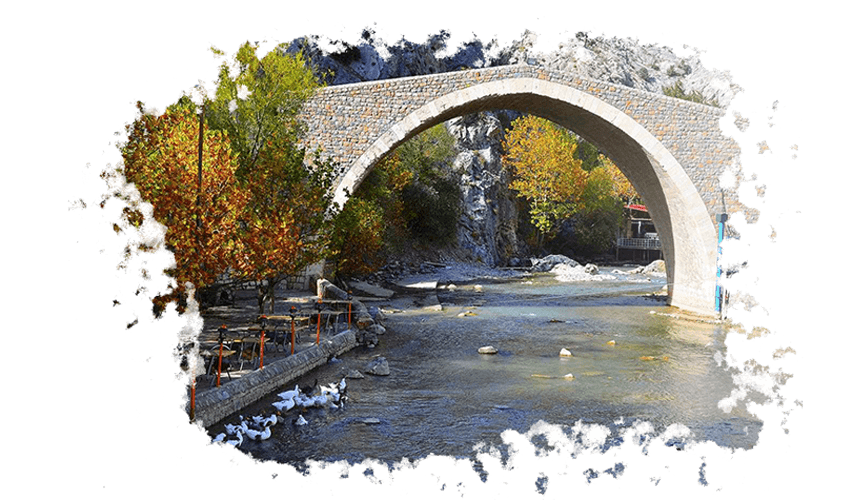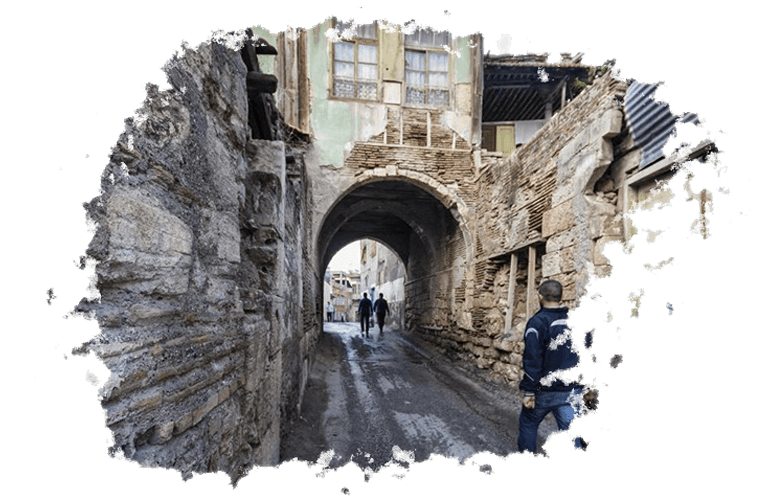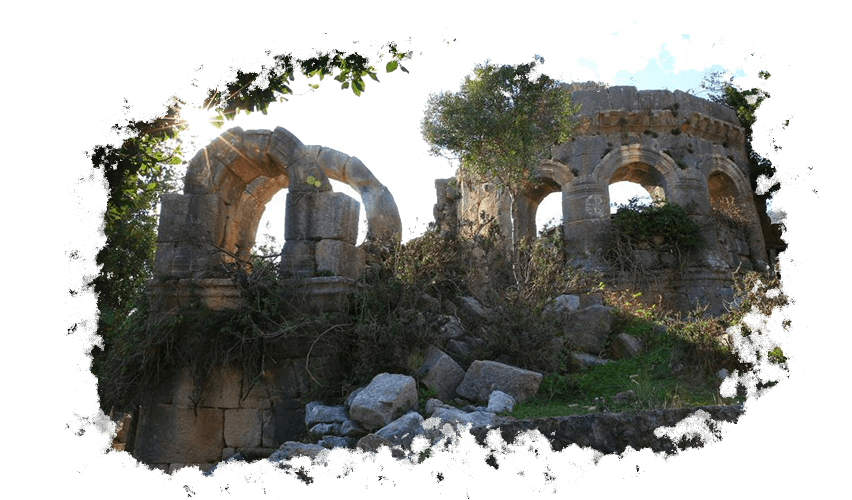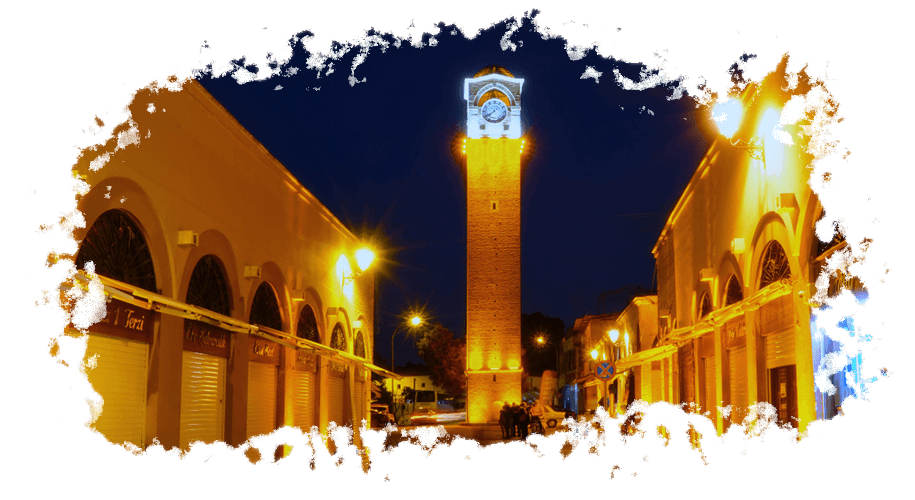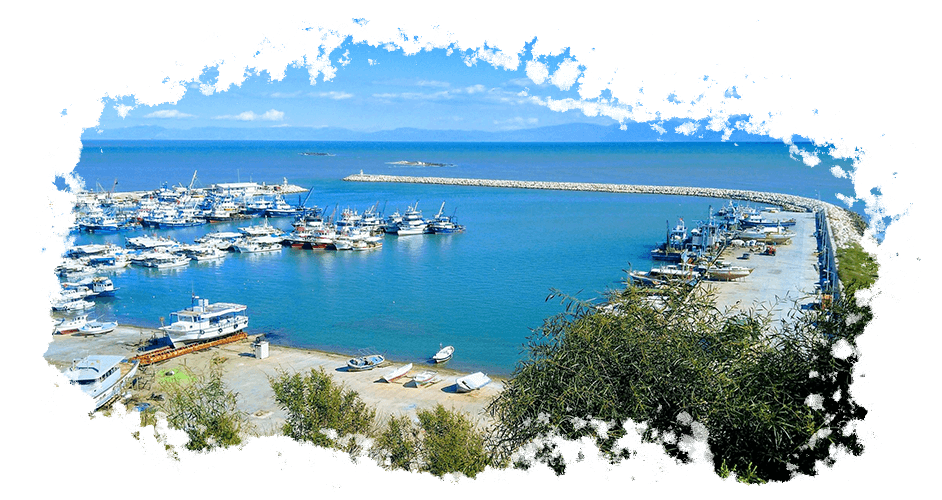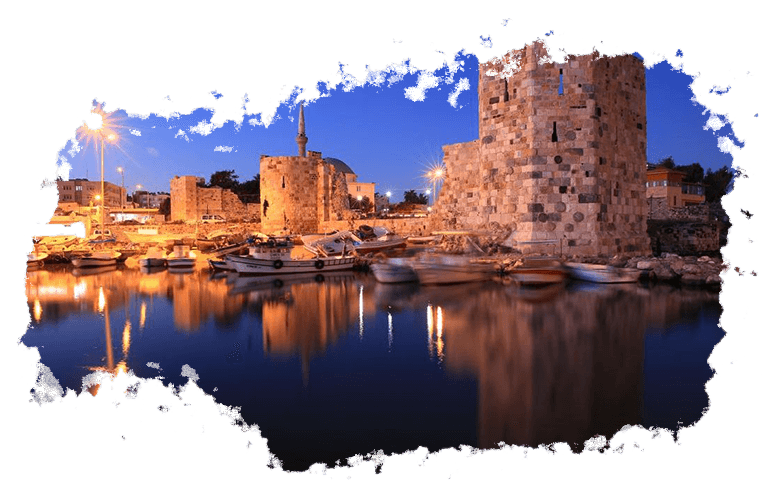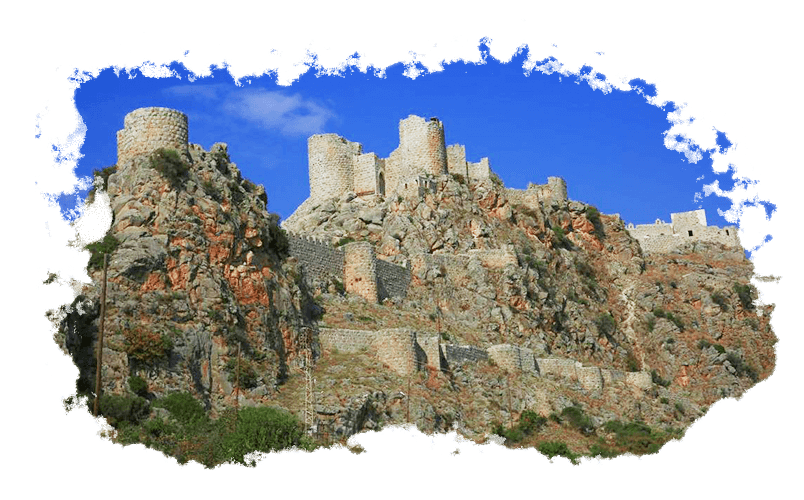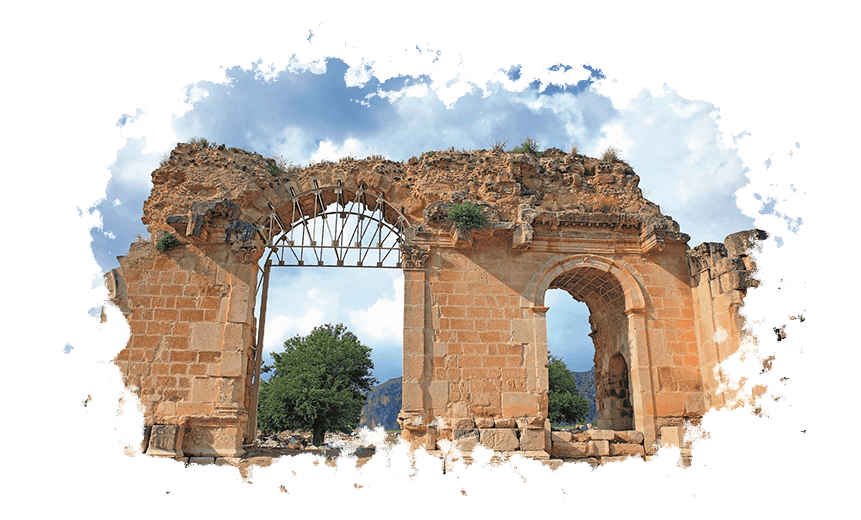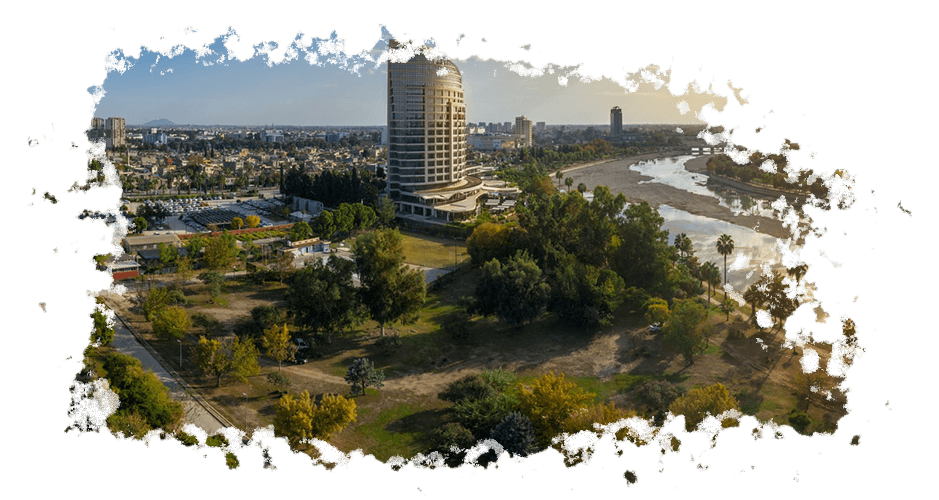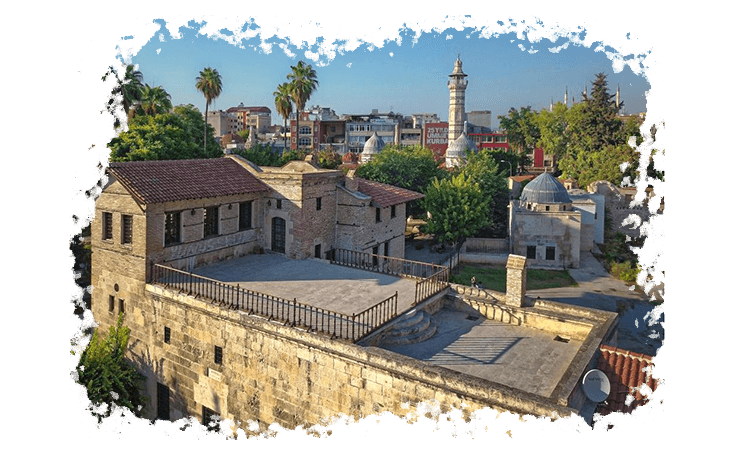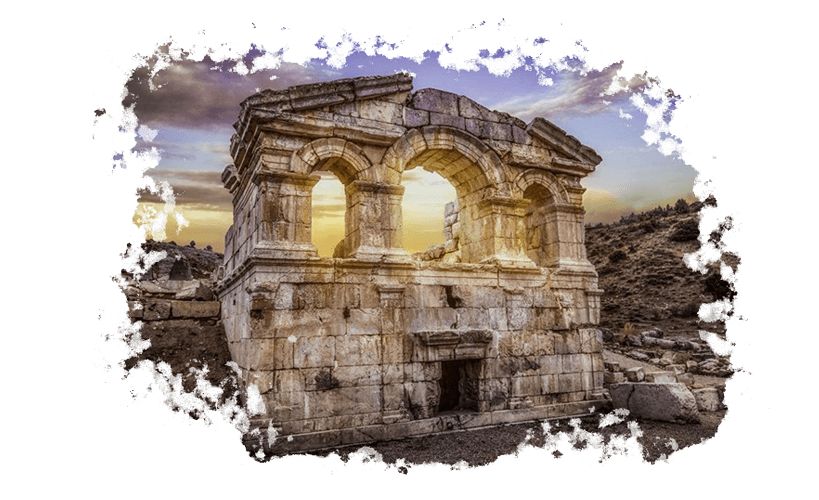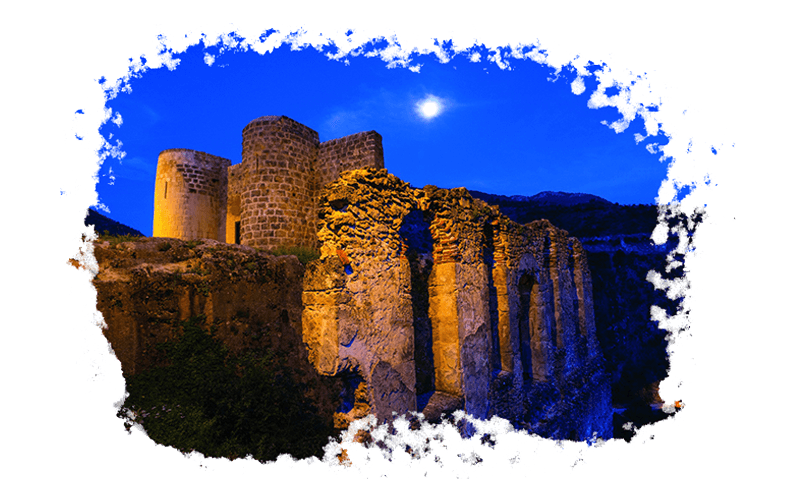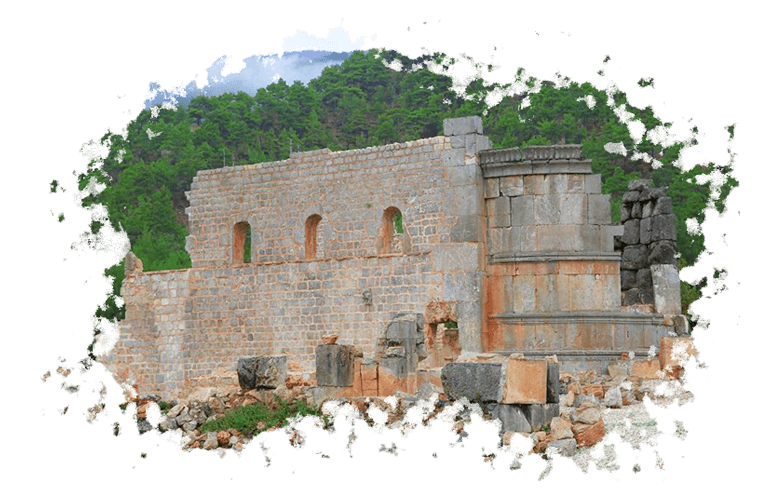
ABOUT ADANA
The history of Adana goes back 3,000 years; Archaeological findings in the region have revealed human settlements dating back to the Palaeolithic Age. Tepebag Mound, where archaeologists found a stone wall and a city center, was built in the Neolithic Age and is considered to be the oldest city in the Cukurova Region. A place called Adana is mentioned in the Gilgamesh Epic, one of the Sumerian epics; however, the geography of this study is too ambiguous to determine the location of the aforementioned place.
According to the Hittite Kava inscriptions found in Hattusas(Boğazkale), Kizzuwatna was the first kingdom to rule Adana under the protection of the Hittites around 1335 BC. At teh same time, the city was called Uru Adaniya and it’s inhabitants were called Danuna. In the years between 1191 – 1189 BC, with the collapse of the Hittite Empire, the western-based raids caused the control of the plain to pass to many small-scale kingdoms. Persians, Alexander the Great in 6th century 333BC, Seleucids, Cilician pirates, Pompey the Roman Empire man, and the Cilicia Armenian Kingdom (Kingdom of Cilicia) had a say in the conrtol of the region.
Adana’s history is essentially related to the history of Tarsus, since the location of these two cities adjacent to the Seyhan River was changed by the river, these cities are ofteh referred to as the same city and the names has changed according to the course of centuries. During the Roman period, Adana was of relatively little importance and at that time Tarsus was the metropolis of the region. In the period of Gnaeus Pompeius Magnus, the city was used as a prison for theCilician pirates. A few centuries later a local station was established in the city on the Roman Military road going east. Following the decisive collapse of the Roman Empire in AD395, the region became a part of Byzantine Empire and probably flourished during the resign of Julianus. With the construction of large bridges, roads, government buildings, irrigation and nurseries, Adana and Cilicia have become the most important and developed trade centers of the region. Especially during the Cilician period, Ayas(today’s Yumurtalik) and Kozan (formerly Sis) were the other major cities and administrative centers in the region.
Throughout the history of Adana, Luwian Kingdom (1900BC), Arzava Kingdom (1500BC-1333BC), Hittite Empire (1900-1200BC), Assyrians (713-663BC), Persian Empire (550-333 BC), Hellenic Ancient Greek Civilization (333-323BC), Seleucid Empire (312- 133BC), Cilician Principality (178-112 BC), Romans (112BC – 395), Byzantine Empire (395-638; 964-1071), Abbasids, Great Seljuk Empire, Mamelukes, Ramazanoglu Principality has entered the under the Ottoman Empire and Turkey’s sovereignty.






